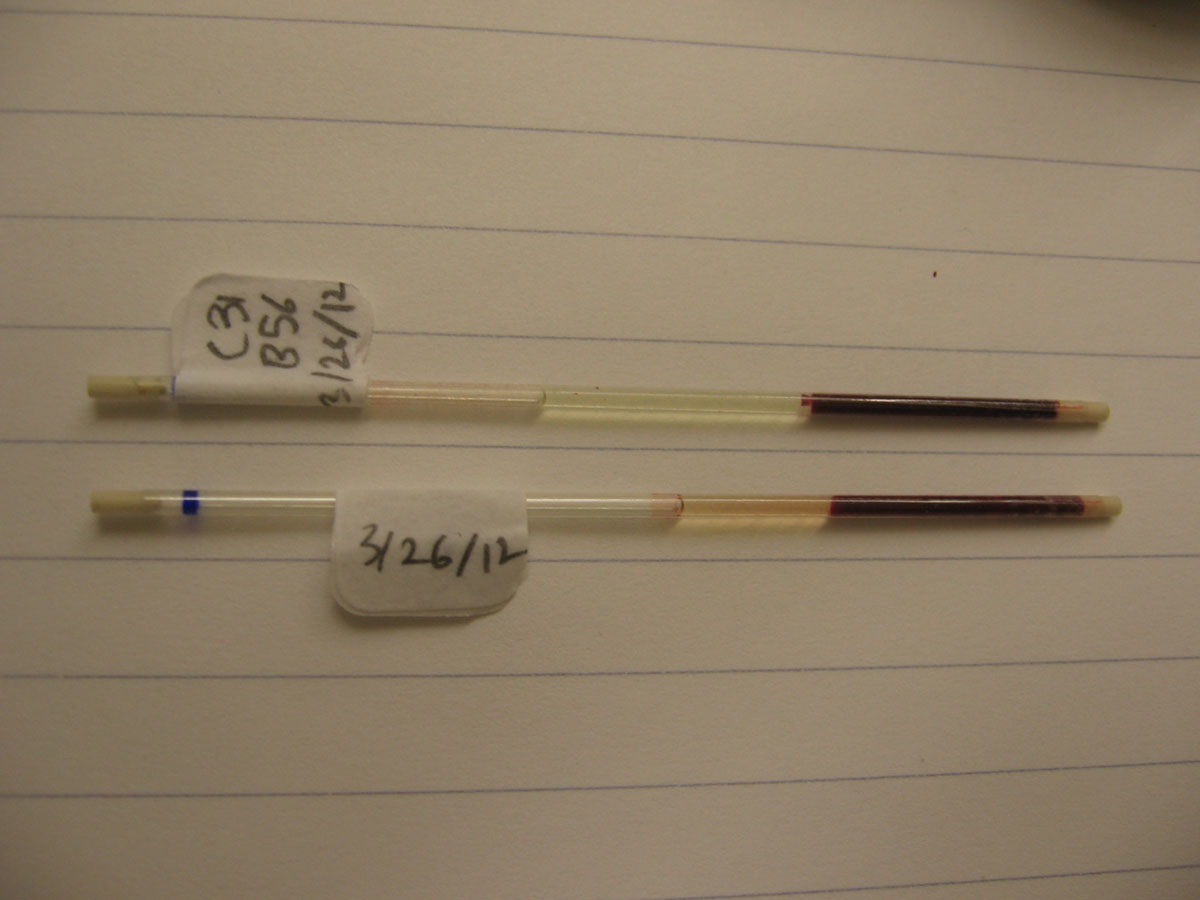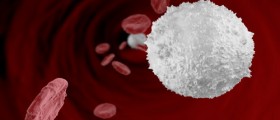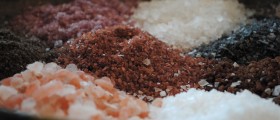
The blood is comprised of red blood cells, white blood cells, platelets and plasma. Plasma constitutes 55% of total blood volume and it is made of dissolved proteins and glucose.
Hematocrit is a blood test that determines whether the red blood cells count is normal or not. More accurately, hematocrit value measures the amount of space that the red blood cells occupy when they are packed together in a sample of blood. Hematocrit range is typically presented in percentage. In a hematocrit test, the low or high percentage of the red blood cells as compared to plasma volume indicates various health problems.
Hematocrit range
Hematocrit range is not the same in men and in women - it is higher in men. Furthermore, it also depends on the age of the person and is different in children and adults. In women, the normal hematocrit level is considered to be between 37 and 48%, while in men, it is considered to be between 41 and 50%.
Hematocrit value in a newborn is considered to range from 42 to 65%, while the normal value of hematocrit in a two months old baby is considered to be between 28 and 55%. In children from 6 to 12 years of age, hematocrit value is between 35 and 46%. In males from 12 to 18 years of age, the normal hematocrit value ranges from 36 to 49%, while in females it is from 36 to 46%.
High hematocrit levels
A number of health problems might be responsible for high hematocrit levels and dehydration, diarrhea, burns and erythrocytosis are only some of them. When a person gets dehydrated, the level of plasma in the blood also decreases together with the loss of bodily fluids. When the amount of plasma is reduced, as the result, the hematocrit levels are high. Just the same, diarrhea and watery stools leads to excessive loss of bodily fluids and thus cause elevated hematocrit levels. High hematocrit levels also occur due to severe wounds or burns that cause excessive blood loss and the subsequent excessive loss of plasma. Erythrocytosis is the medical term for the condition that causes an increase in the number of red blood cells and the occurrence of high hematocrit values.
Low hematocrit levels
Anemia, as well as deficiency of vitamin B12, iron and folate is responsible for the occurrence of low hematocrit levels. Furthermore, hemolysis is a condition which causes premature death of red blood cells and thus causes their low count.

















Your thoughts on this
Loading...